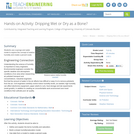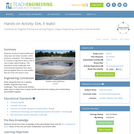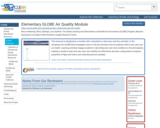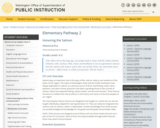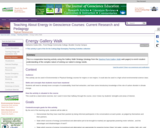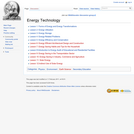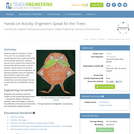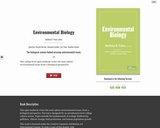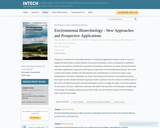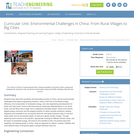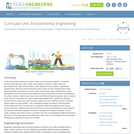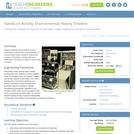Each student has been given a packet of information on an energy topic. There are two articles that all the students will receive, on energy conservation and addiction to oil, and then several others on their specific topic. Each student will be instructed to become the classroom expert on their specific topic by reading the articles and being invited to look up more information.
These steps are modified from Step by Step Instructions for Gallery Walk
I learned this technique at a Cutting Edge workshop put on by the National Association of Geoscience Teachers called Designing Innovative and Effective Geoscience Courses in the summer of 2008.
The steps to this lesson are:
I have generated a list of questions around energy.
The questions will be written on poster-sized paper, one question to each sheet.
The questions will be posted in a foyer area.
The students have been given general directions in the previous class, and more specific directions will be given the day of the event.
The students have been prepared by reading packets of energy information, as described above in this document. They have also been advised on how the grading rubric and feedback will be used.
The students will be put into groups of two, because the class is so small. Each group will have a different colored marker. If the groups were larger, roles would be assigned, like recorder, speaker, emissary, etc... That won't work with this small class.
We will begin the gallery walk. Each team will start at a different chart, read the question, talk to each other, then document their response in their colored ink. They will be encouraged to write in a pithy bulleted format closest to the top of the chart.
The teams will rotate to a new station after a period of time (to be determined!) They will rotate clockwise. Arriving at a new station, the students will read the question, the responses of the other groups who posted before them, and add their comments, sort of like a BLOG. The groups can switch recorders at each station to keep all members involved.
I will monitor the students' progress. I may have to intervene to clarify a point or direct the students to think of something they may have overlooked. I will wander between groups, listening in, and asking "Socratic" guiding questions if needed.
Once all groups have responded to all the posters, they can return to posters to read the other postings, and even add to their own comments.
After the rotations and comment period, students will "report out", which each group synthesizes the comments for each question into a summary. The groups will then take turns making oral reports on the questions at hand. I may decide to have them do a written report instead, so that they create a document to refer to later in the course.
I will be gauging student understanding throughout the report stage, to reinforce correctly expressed concepts and correct for errors or misconceptions.
The questions my students had to answer were:
What sources of energy (conventional and alternative-yet-to-be-brought-to-market) are appropriate powering motor vehicles? In detail, what are the advantages and disadvantages of each?
What sources of energy (conventional and alternative) are appropriate for powering homes? (Heat, hot water, cooking, cooling, light, etc) In detail, what are the advantages and disadvantages?
What are the most polluting energy sources, and what type of pollution do they produce? What are the least polluting energy sources, and why aren't we using them more?
What are fifteen ways the average person can conserve energy?
Do we need to conserve energy? Do developing nations need to? Why or why not?
Should energy conservation be a legal mandate from the U.S. government for our citizens? Should the U.N. require international consensus on energy conservation? Would that be fair to developing nations?
What are the reasons we can no longer depend on fossil fuels (both domestic and imported) to power the United States of America? What are the great issues at stake?
Who will pay the price for energy decisions made (or not made) in the next few years? What do you anticipate that price might be?
(Note: this resource was added to OER Commons as part of a batch upload of over 2,200 records. If you notice an issue with the quality of the metadata, please let us know by using the 'report' button and we will flag it for consideration.)
